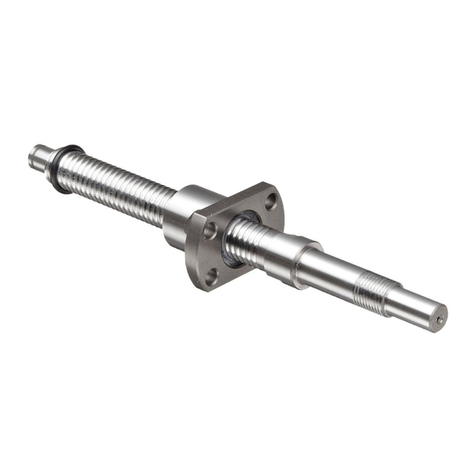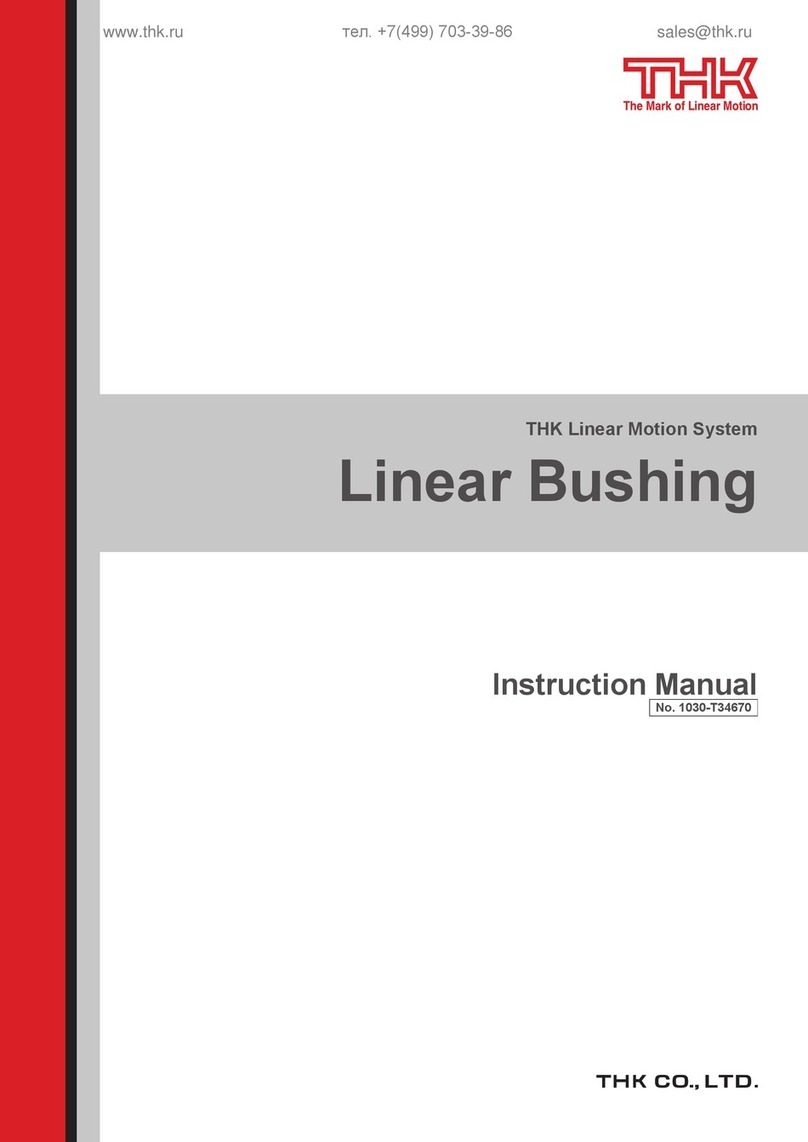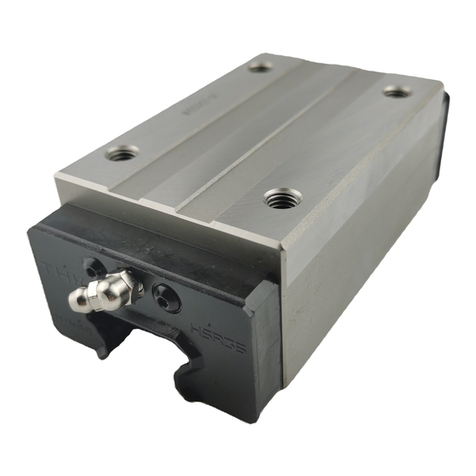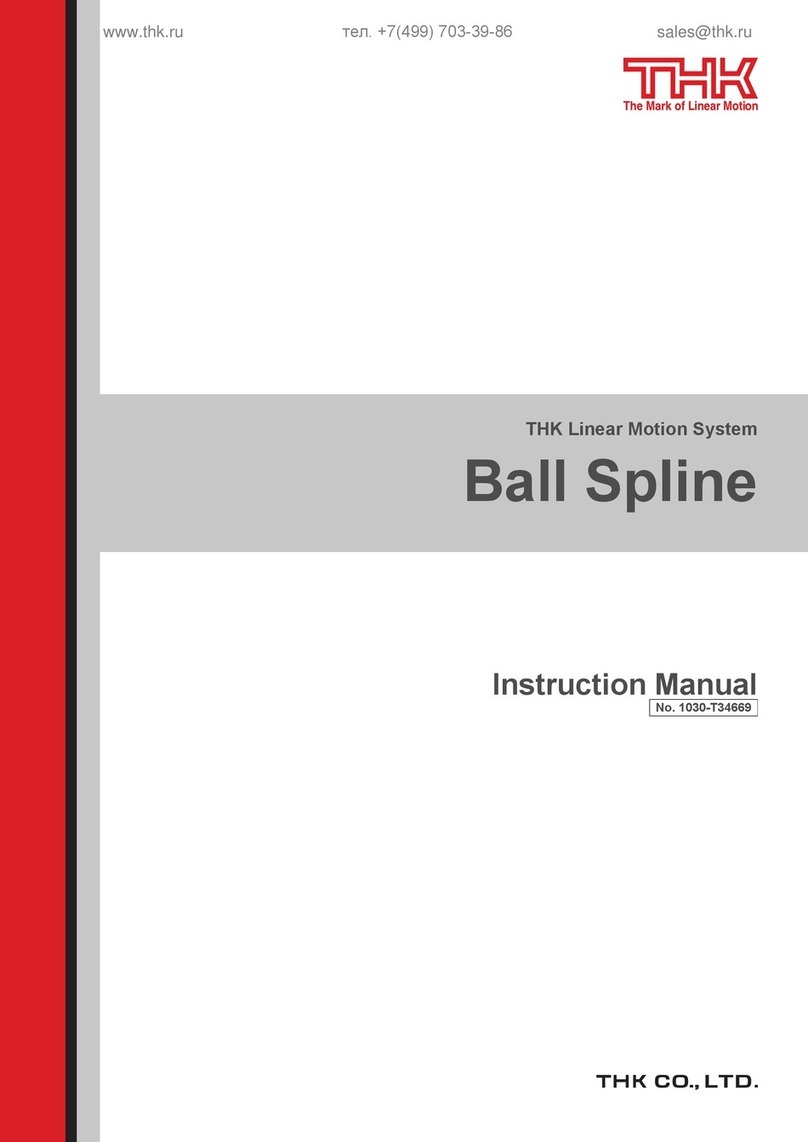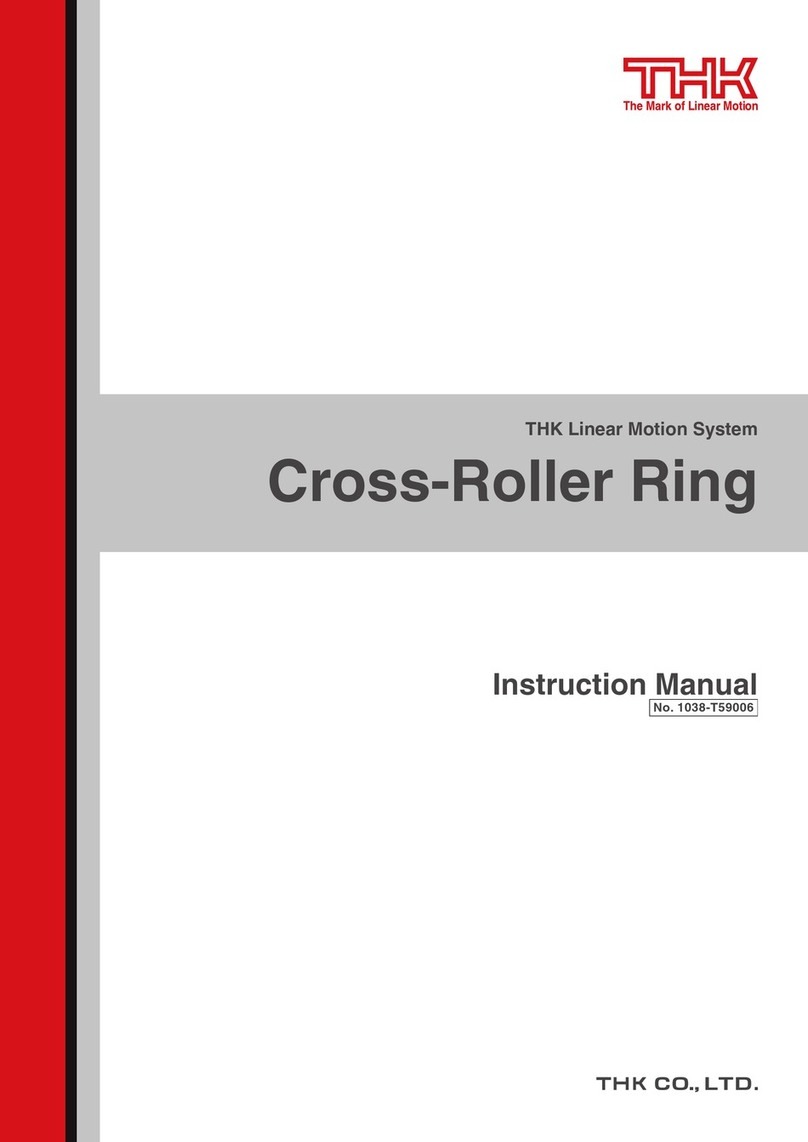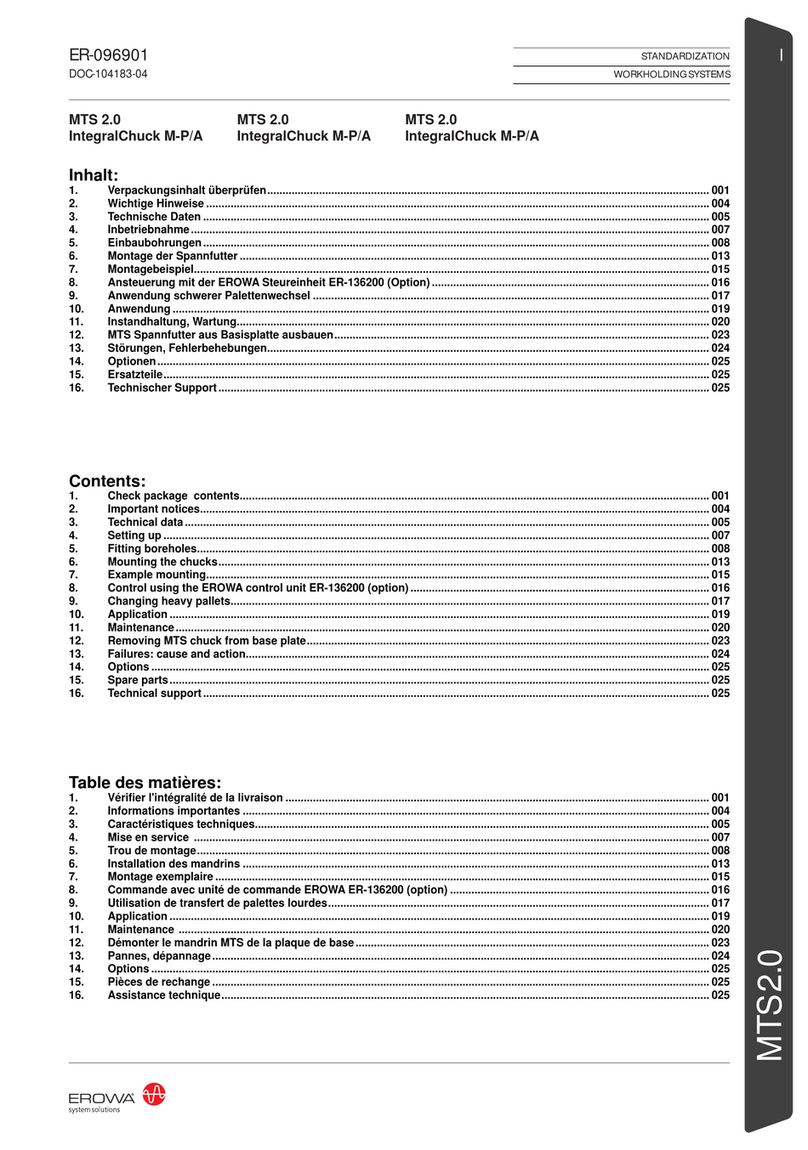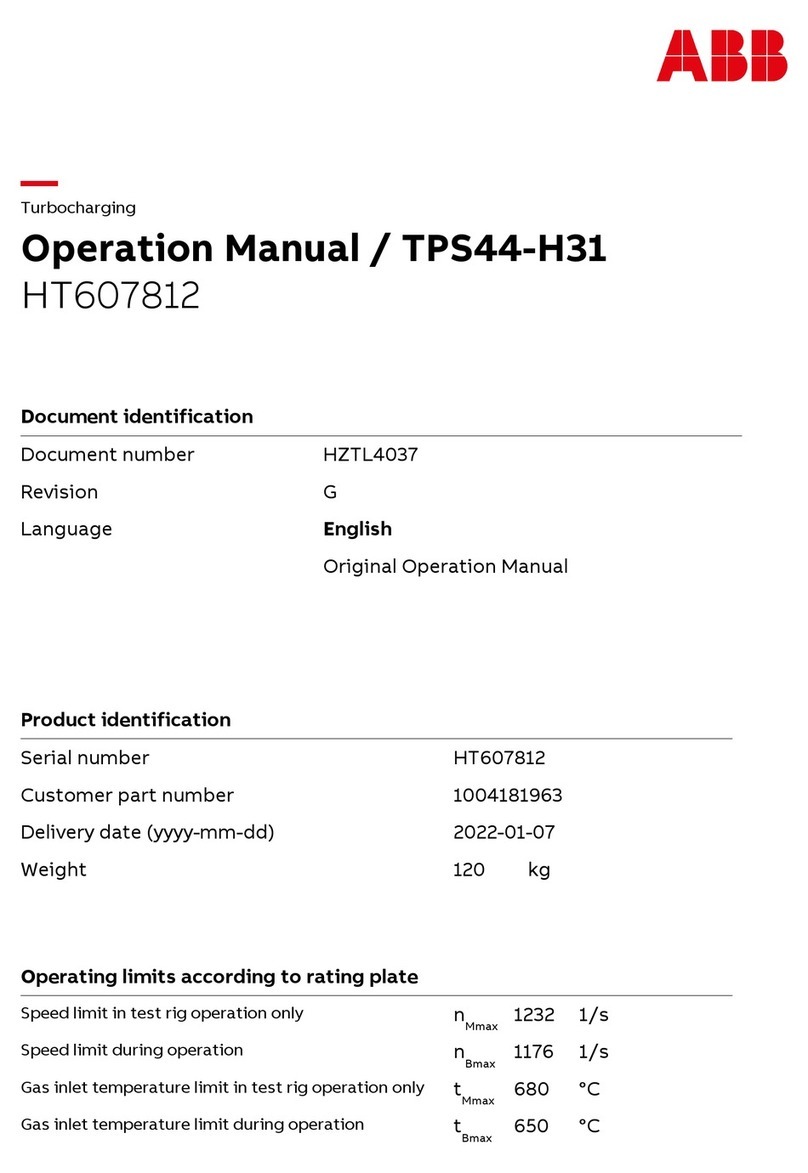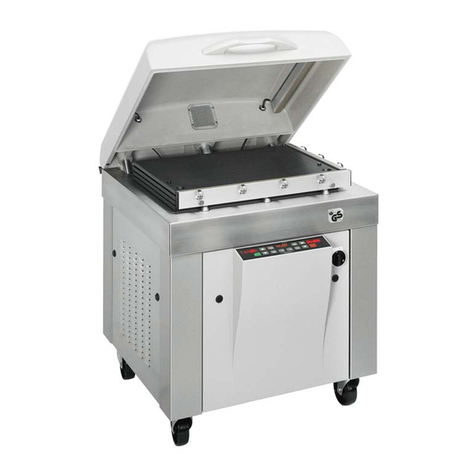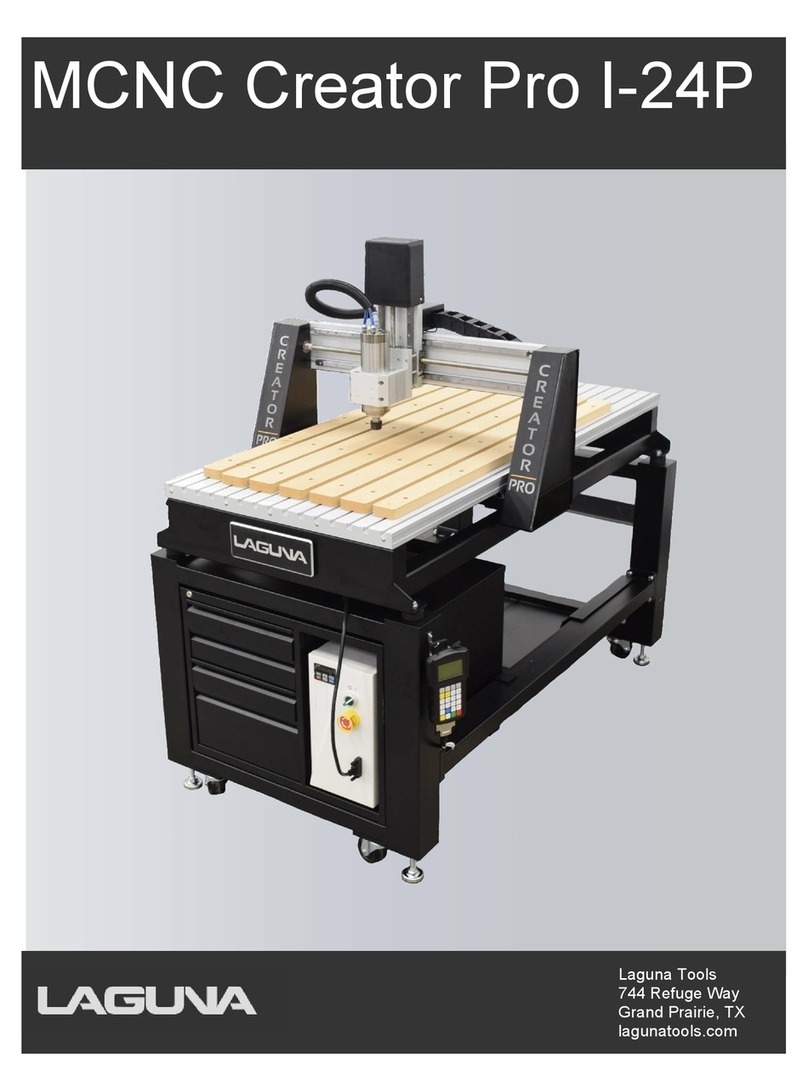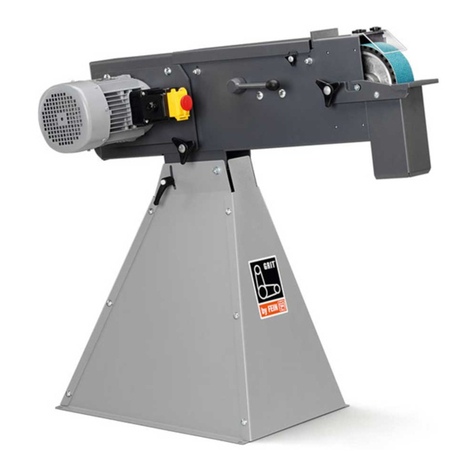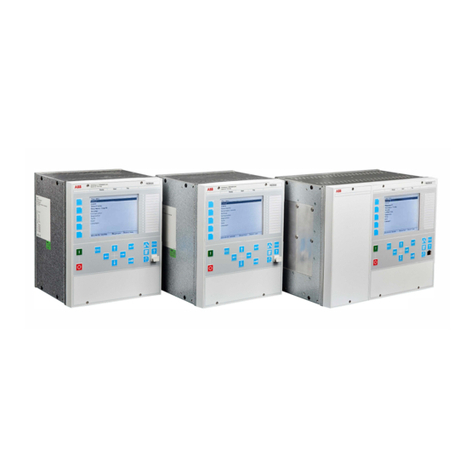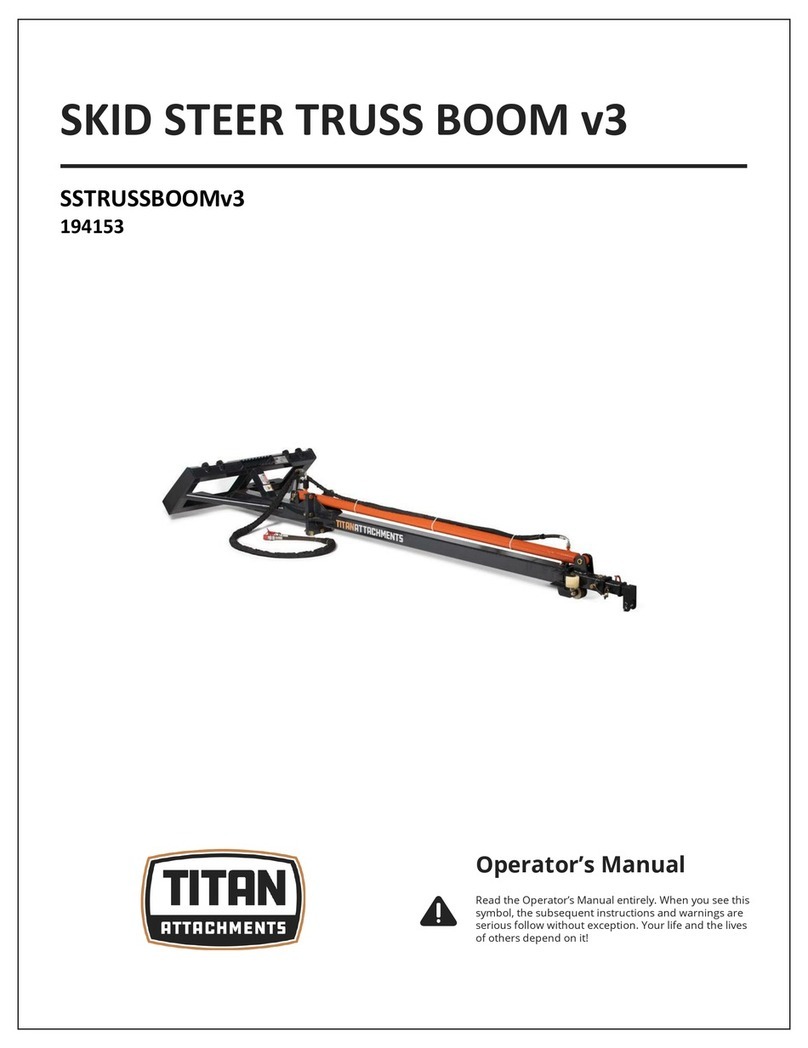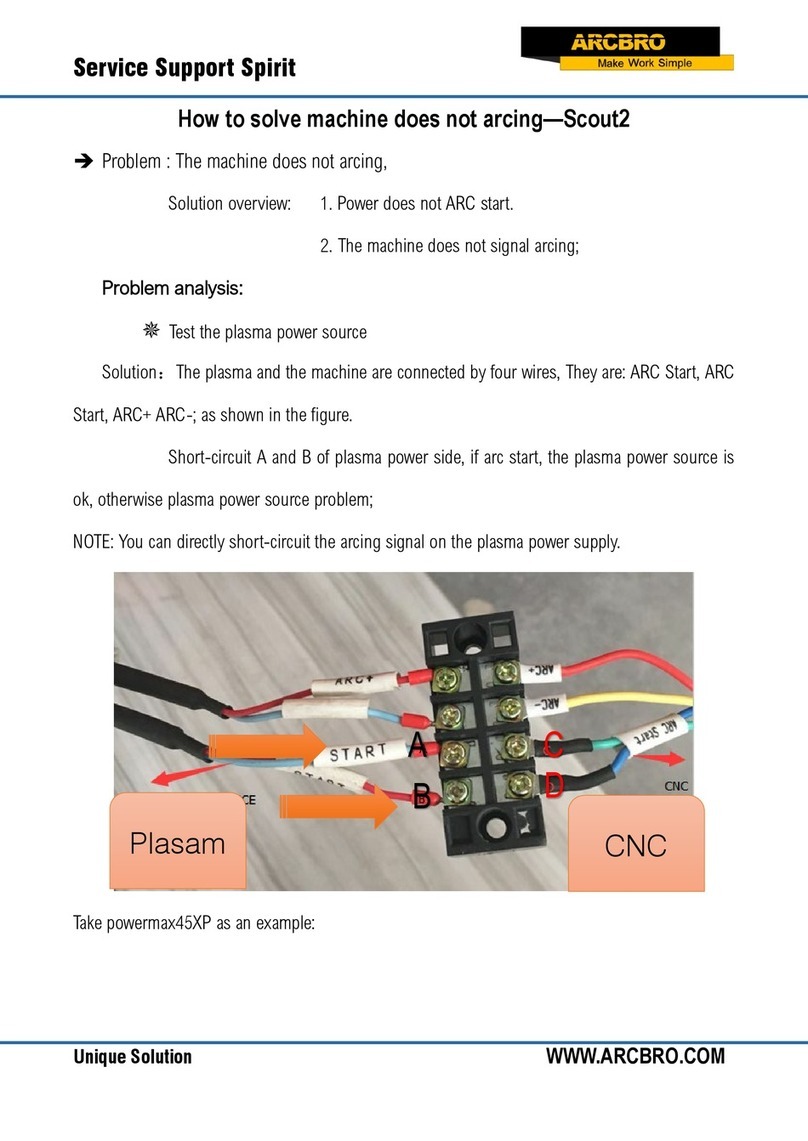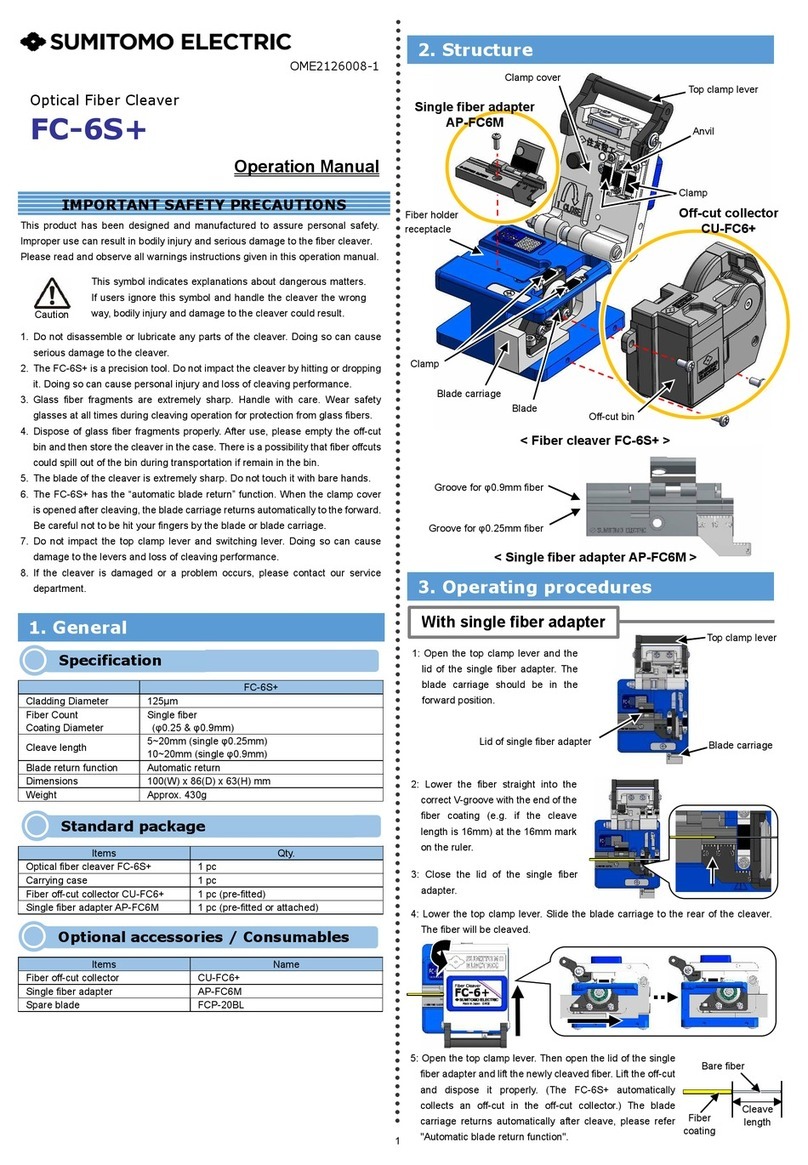THK PPR User manual

Smart Logo
PPR
INSTRUCTION MANUAL
Pick and Place Robot

Support is needed to improve quality and productivity.
Do you have these kinds of
problems at your worksite?
Problems
For solutions to these problems,
see the next page
I want to reduce workpiece damage and aim for zero defects!
Workpieces have gotten progressively more delicate,
so it is difficult to improve production speed without
causing damage.
1
Problem
I want to optimize the cycle time and improve productivity!
If acquisition of sensor information and motor control
are managed by the host, this causes several
milliseconds of downtime.
2
Problem
I want to visualize processes to stabilize quality!
Mounting many sensors results in larger equipment,
and you cannot maintain a short cycle time.
3
Problem
I want to reduce workpiece damage
I want to eliminate cycle downtime
I want to aim for stable quality

Solutions
The PPR Pick and Place Robot
provides the best solutions to
worksite problems.
The PPR solves a variety of issues, such as stabilizing quality and reducing cycle
time.
Uses load control with high-resolution force sensors to
quickly stop the moment the suction nozzle contacts the
workpiece.
This prevents impacts to the workpiece, reducing damage!
1
Solution Reduces workpiece damage
Has integrated control of the various sensors, air devices, and
drives required for pick and place operations.
This reduces the number of communications with the
host, contributing to a shortened cycle time!
Achieves visualization of various sensors for force, flow rate,
pressure, temperature, etc.
This makes it possible to find the source of problems,
which helps achieve stable quality!
2
Solution Shortens cycle time
3
Solution Visualizes pick and place processes

i
Contents
1. Introduction 1
1-1 Acknowledgment 1
1-2 About this manual 1
1-3 How to use this product 2
1-4 About product support 2
2. Safety precautions 3
2-1 About ranks of precautions 3
2-2 About descriptions of precautions 3
2-3 Safety precautions 4
3. Product overview 5
3-1 Checking the product and accessories 6
3-2 Product model numbers 7
3-3 8
3-3-1 8
3-3-2 Selecting peripheral devices 9
3-4 Names and functions of each part 11
3-4-1 Head 11
3-4-2 Controller 12
3-4-3 13
4. Installation 14
4-1 Precautions for installation 15
4-2 Installing the head 17
4-2-1 Installation environment for the head 17
4-2-2 18
4-2-3 Installation standards for the head 20
4-2-4 Installation method for the head 20
4-3 Installing the controller 23
4-3-1 Installation environment for the controller 23
4-3-2 23
4-3-3 Installation standards for the controller 24
4-3-4 Installation method for the controller 26
5. Wiring/piping 29
5-1 Safety precautions for wiring/piping 30
5-1-1 EMC countermeasures 30
5-2 Electrical system wiring 33
5-2-1 Power supply 33

ii
Contents
5-2-2 Wiring the head cables 33
5-2-3 USB connection (PC connection) 34
5-2-4 LAN connection (PLC connection) 34
5-3 Pneumatic system piping 35
5-3-1 Handling method for tubes 35
5-3-2 Mounting nozzles 36
6. PC application program settings 37
6-1 38
6-1-1 PC environment 38
6-1-2 Installation procedure 39
6-1-3 Uninstallation procedure 41
6-1-4 Starting the application 42
6-1-5 44
6-1-6 44
6-1-7 Language setting 45
6-1-8 Clock setting 45
6-1-9 Device name settings 46
6-1-10 Version information 47
6-2 48
6-2-1 Starting/Stopping Trial run mode 48
6-2-2 Trial run mode "Individual motion" tab 50
6-2-3 53
6-2-4 Trial run mode "User origin and limit settings" tab 54
6-3 Sequence programs 58
6-3-1 58
6-3-2 How to create a project 58
6-3-3 How to create a sequence 60
6-3-4 Advanced settings for sequences 67
6-3-5 Target value pointer settings 80
6-3-6 Step complete 82
6-3-7 83
6-4 Trial run/Monitor functions 86
6-4-1 Trial run mode "Sequence" tab 86
6-4-2 Monitor mode 88
6-4-3 Graph area operations 90
6-4-4 95
6-4-5 Present value list display 99
6-4-6 Condition list display 99
6-5 Tuning function 101
6-5-1 Trial run mode "Mass estimation" tab 101

iii
Contents
6-5-2 103
6-5-3 Understanding gain adjustment 106
6-6 Event history function 108
6-6-1 Viewing event history 108
6-6-2 Event code list 109
6-6-3 Acquire present waveform data 110
6-6-4 Status display 110
6-6-5 Initializing event history 110
6-6-6 Event history settings 110
6-6-7 Clear all alarms 112
7. PLC interface settings 113
7-1 Network environment construction 114
7-1-1 "Cyclic communications" and "Message communications" 114
7-1-2 PC application settings 114
7-1-3 PLC settings 117
7-2 Cyclic communications 120
7-2-1 Cyclic communications function list 120
7-2-2 Cyclic communications memory map 121
7-2-3 Cyclic communications timing charts 132
7-3 Message communications 136
7-3-1 Message communications function list 136
7-3-2 Message communications memory map 136
7-3-3 Event history acquisition methods with EtherNet/IP 142
7-3-4
Device information/event history acquisition methods with Ethernet (TCP/IP)
142
7-3-5 Procedure for event waveform data acquisition 143
7-3-6 Message communications timing charts 144
8. Troubleshooting 145
8-1 Event list 146
8-1-1 Event list 146
8-2 Troubleshooting 148
8-2-1 Causes and countermeasures for alarms 148
9. Maintenance and warranty 152
9-1 Maintenance and inspection 153
9-1-1 Precautions for maintenance/inspections 153
9-1-2 Inspection items for the head 153
9-1-3 Maintenance product model number and package contents 153
9-1-4 Greasing the LM Guide 153
9-2 Repair/Replacement 154

iv
Contents
9-2-1 154
9-2-2 Replacing the pneumatic module 155
9-3 Product warranty 156
9-3-1 Free warranty period 156
9-3-2 Usage conditions (range) 156
9-3-3 Warranty scope 156
9-3-4 158
9-3-5 Delivery conditions 158
10. Technical materials 159
10-1 160
10-1-1 160
10-1-2 161
10-2 MECHATROLINK-III interface 163
10-2-1 MECHATROLINK-III communications 163
10-2-2 Communication settings 166
10-2-3 Command list 166
10-2-4 Command format 167
10-2-5 Main commands 172
10-2-6 181

1
1. Introduction
1-1 Acknowledgment
Thank you for purchasing the PPR Pick and Place Robot. This product is a robot optimized for
pick and place applications that supports linear and rotary operation and also has pneumatic
equipment and various sensors built-in.
This is a new product that achieves a reduction in workpiece damage and a shortened cycle
time, which are two important goals for production sites for electronic components and so forth.
We hope that this product, which was created with THK's original ideas and technology, is useful
for further development of your business.
1-2 About this manual
Intended audience
This instruction manual is intended for the following users.
Those who design equipment using this product
Those who perform maintenance of equipment using this product
Those who perform wiring or installation of equipment using this product
Those who actually operate equipment using this product
Using this manual
This manual describes correct handling methods and precautions for this product.
Ensure that you thoroughly understand this manual in order to safely and correctly use the
product.
Also, be sure to keep this manual where the intended audience can refer to it when needed.
Notices and points to remember
Do not use or handle the product in ways that are not described in this manual.
Do not reproduce, reprint, or lend the contents of this manual in whole or in part without
permission.
Please note that the contents of this manual are subject to change in the future without prior
notice, due to product improvements or other reasons.
technical support center.
products should take precedence over this manual.
the standard products in catalogs.
Trademarks
MECHATROLINK is a registered trademark of the MECHATROLINK Members Association.
Windows is a registered trademark of Microsoft Corporation in the United States.

2
1. Introduction
1-3 How to use this product
This product cannot be used for devices or systems that are used under situations that can
If you are considering using this product for special applications such as passenger vehicle,
medical, aerospace, nuclear power, and electric power devices or systems, be sure to consult
with the PPR sales/technology support center in advance.
This product is manufactured under strict quality control. However, that does not mean that
the product is incapable of failure. For applications in which equipment may cause serious
accidents or losses if this product should fail, install safety devices or backup devices in order
to prevent such accidents or losses.
1-4 About product support
▶Product and company information
We recommend that you periodically check the THK website for the latest product and company
information.
Website URL: http://www.thk.com/

3
2. Safety precautions
Before performing the installation and wiring for this product, carefully read the safety
precautions.
are listed in the relevant parts of this manual.
2-1 About ranks of precautions
Danger Incorrect handling has a significant possibility
of causing death or serious injury
Warning Incorrect handling may cause death
or serious injury to a person
Caution Incorrect handling may cause injury
to a person or property damage
2-2 About descriptions of precautions
This mark indicates
"prohibition" of the
action.
This mark indicates
an "instruction" for
the action.
This mark indicates
"caution" about the
action.
Prohibited
Pacemaker wearers
stay back
Do not
disassemble
Instruction Provide
ground wire
Caution Risk of electrical
shock
Flammable
High
temperature
Powerful
magnet

4
2. Safety precautions
2-3 Safety precautions
Always observe the precautions in this section.
Danger
Pacemaker
wearers stay
back
Those who use a pacemaker or
similar medical equipment must
not come within 30 cm of the
product.
The product contains a powerful
magnet that may cause the medical
equipment to malfunction.
Warning
Prohibited
Do not enter the work area,
including the area around the
conveyed object, while the head
is operating or in an operable
state.
Otherwise, you may be injured due to
contact with moving parts.
Instruction
If the product fails or any
abnormality is observed, shut
down the power to the body.
Otherwise, the product may
malfunction, resulting in damage or
injury.
Risk of electrical
shock
Do not touch the internal part of
the controller. Make sure to turn
o the power before touching
the internal part of the head
when performing maintenance.
Otherwise, this may cause electric
shock.
Do not damage, tuck, or apply
excessive stress to the cables.
Otherwise, this may cause electric
shock.
Do not
disassemble
Do not modify, disassemble, or
alter the product with additional
machining. (Excluding the
relevant parts when performing
maintenance on the head)
Otherwise, this may cause injury or
failures.
Powerful magnet
Do not handle magnetic
substances in the vicinity of the
product.
The powerful magnet contained in
the product will attract ferric objects,
which may cause injury or damage
due to a body part being pinned to the
device, etc.
High
temperature
Do not touch the head during
operation or for a while after
turning the power o, as it will
be hot.
Otherwise, this may cause burns.
Caution
Prohibited
Do not apply impacts to the
product, and be sure to avoid
any rough handling such as
throwing it.
Otherwise, this may cause failure or
damage that could result in injury.
Do not apply a load to the
head that exceeds the product
specications.
Doing so may cause motor failure,
accidents. This may also cause
damage to the product.
Instruction
If an alarm is generated,
remove the cause and check
that everything is safe before
deactivating the alarm and
restarting operation.
Otherwise, this could cause injury
due to failure.
Powerful
magnet
Avoid bringing objects subject
to magnetic force, such as
electronic equipment like PCs,
electronic medical equipment,
watches, magnetic tapes, and
credit cards, in the vicinity of
this product.
Otherwise, this may cause these
objects to malfunction or fail, or the
magnetic records to disappear.
Flammable
Observe the specied input
voltage.
failure.
Provide ground
wire
Be sure to perform grounding
for the FG terminal of the
controller.
If the FG terminal is not grounded,
there is a risk that the product could
malfunction.

5
3. Product overview
About this chapter
This chapter introduces the overview of the PPR Pick and Place Robot for customers that will
use this product.
It provides information that you will need to know before you start using the product.
This section describes the package contents
and precautions for the unpacking, storage,
and disposal of this product.
This section describes the product model
numbers for this product.
-
tion and how to select peripheral devices for
this product.
This section describes the names and func-
tions of each part of the body of this product.
3-1 Checking the product and accessories.....................6
3-2 Product model numbers ...........................................7
3-3 ................................................8
3-4 Names and functions of each part..........................11

6
3. Product overview
Caution
Prohibited
Do not stand on this product or the packaging box.
Otherwise, this may cause failure of or damage to the product or packaging, which
could lead to injury.
When carrying the product, do not pull on the cable.
Otherwise, this may cause failure of or damage to the cable, which could lead to
injury.
Do not use the product if you nd any abnormalities.
Using a damaged product may cause malfunctions that could lead to injury or
center.
3-1 Checking the product and accessories
Upon receipt of the ordered product, immediately check the product model and product model
wiring work.
Package contents for each product
▶Head
Head body: 1 unit
Positioning pins: 2 pcs.
Safety precautions: 1 sheet
Precautions on use: 1 sheet
▶Controller
Controller body: 1 unit
Power connector (Plugs into controller body): 1 pc.
Safety precautions: 1 sheet
▶Cable
Dedicated head cable: 1 pc.

7
3. Product overview
Precautions for unpacking
Upon receipt of the ordered product, immediately check the following. If anything is unclear,
please contact the PPR sales/technical support center.
Do the product models, product model numbers, and accessories match what you ordered?
Using an incorrect product may cause malfunctions that could lead to injury or failure.
Are any parts of the product damaged? Using a damaged product may cause injury or failure.
Storage and disposal of products
▶For storage
If the product will not be used for a while, wrap the head and controller in packaging materials,
gas will not be generated or be present in the air, and a location without direct sunlight or
radiant heat
An indoor location with an ambient temperature of -10°C to 60°C (no freezing)
An indoor location where the ambient humidity is 90% RH or less (no condensation)
A location where vibrations or impacts are not transmitted
▶For disposal
When disposing of products, be sure to follow all of the appropriate laws and regulations.
Warning
Do not put the product into a re to dispose of it.
may cause injury.
3-2 Product model numbers
Product Model
Head PPR-LR3 PPR-LR3-LF1*
(for use with position control)
Controller PPR-CTR3
Dedicated head cable PPR-FXC1
(1 m)
PPR-FXC3
(3 m)
PPR-FXC5
(5 m)
* PPR-LR3-LF1 cannot use features that require a force sensor.

8
3. Product overview
3-3 Systemconguration
to a PC and other necessary peripheral devices.
3-3-1 Systemcongurationexample
3-3-1-1Electricalsystemconguration
LAN cable
LAN cable
USB cable
Next controller or
another slave device
Communication type
• EtherCAT
• MECHATROLINK-III
• EtherNet/IP
• Ethernet (TCP/IP)
T
he peripheral devices marked with a
should be prepared by the customer
as necessary.
PC
Controller
Head
Dedicated head cable
PLC
Emergency stop switch
Power supply for main
circuit, control circuit
24 VDC ± 10%
Electromagnetic
contactor
Noise filter
Power supply
* The required
specifications for
LAN cables differ
depending on the
communication
type.
For details, refer to
"3-3-2 Selecting
peripheral devices."
3-3-1-2Pneumaticsystemconguration
For clean
rooms
Suction air
(negative pressure)
Suction air
(positive pressure)
Air cooling
(IN)
Air cooling
(OUT)
Negative pressure for clean rooms
Negative pressure for suction
(ejector/vacuum pump)
Positive pressure for suction
(compressor/atmospheric release)
Nozzle
* For details on peripheral devices for air
cooling, suction, and clean rooms, refer to
"3-3-2 Selecting peripheral devices." Filter
Filter
Filter
The peripheral devices marked with a
should
be prepared by the customer as necessary.
* A nozzle suitable for workpiece suction
should be prepared by the customer.
Exhaust for air cooling
Positive pressure for air cooling

9
3. Product overview
3-3-2 Selecting peripheral devices
Power supply
Controller power supply capacity
The power supply capacity for one controller is shown below.
Be sure to use this as reference when selecting your own peripheral devices.
Power supply capacity (per 1 unit)
Power supply voltage Output current
24 V ± 10% 4 A or more
Host device
Host device (PLC)
The PPR controller supports four communication types: EtherCAT, MECHATROLINK-III,
EtherNet/IP, and Ethernet (TCP/IP).
LAN cable
the table below.
EtherCAT
Transmission line type Line/Star/Tree
Communication cable length 30 m between stations
Communication cable CAT5e STP (Shielded Twist Pair) cable (cross or straight)
Connector RJ45
MECHATROLINK-III
Transmission line type Cascade type, star type
Communication cable length 30 m between stations
Communication cable CAT5e STP (Shielded Twist Pair) cable (cross)
Connector RJ45
EtherNet/IP
Transmission line type Star/Tree
Communication cable length 30 m between stations
Communication cable CAT5e STP (Shielded Twist Pair cable) cable (cross or straight)
Connector RJ45
Ethernet (TCP/IP)
Transmission line type Star/Tree
Communication cable length 30 m between stations
Communication cable CAT5e STP (Shielded Twist Pair) cable (cross or straight)
Connector RJ45

10
3. Product overview
Pneumatic devices
* Be sure to prepare pneumatic devices for air cooling, suction, and clean rooms in separate
systems.
* For details about handling pneumatic devices, refer to the instruction manuals for each
product.
For air cooling
When using devices in a stacked installation or high-load operations, the internal temperature will
rise. Check the values of the temperature sensors, and cool the environment as necessary.
Observe the following conditions when preparing air for air cooling.
Use dry air.
For suction
The volume of space from the shaft tip to the electromagnetic valve is 1 mL.
When selecting positive pressure pneumatic devices, choose compressors, etc. capable of
breaking the required vacuum. Even if you do not connect anything, atmospheric release will
occur when the release valve is opened.
Observe the following conditions when preparing air for suction (positive pressure).
Use dry air.
Restrict the air pressure to 0.2 MPa (G) or below.
For clean rooms

11
3. Product overview
3-4 Names and functions of each part
3-4-1 Head
(4) Fitting for clean rooms
(3) Fitting for suction air
(negative pressure)
(3) Fitting for suction air
(positive pressure)
(2) Fitting for air cooling (IN)
(2) Fitting for air cooling (OUT)
(1) Power/communication connector
(5) Status display
LED
(10) Shaft
(9) Clean cover
(6) Front cover
(7) Filter replacement port
(8) Clean tube
* This image shows a head with the front cover mounted in the standard orientation.
Name Function
(1) Power/communication
connector
A connector that connects to the controller.
For details about the cable connection, refer to "5-2
Electrical system wiring."
(2) Fitting for air cooling
head.
Connect a compressor, etc. on the IN side.
For details about the piping method, refer to "5-3 Pneumatic
system piping."
For details about selecting peripheral devices, refer to "3-3-
2 Selecting peripheral devices."
(3) Fitting for suction air
release valve.
For details about the piping method, refer to "5-3 Pneumatic
system piping."
For details about selecting peripheral devices, refer to "3-3-
2 Selecting peripheral devices."
(4) Fitting for clean rooms
generated inside the head.
For details about the piping method, refer to "5-3 Pneumatic
system piping."
For details about selecting peripheral devices, refer to "3-3-
2 Selecting peripheral devices."
Name Function
(5) Status display LED Displays the status of the head as follows.
Green lit: Servo ON
Red lit: Alarm
(6) Front cover Covers the internal piping used for suction of contamination.
Equipped to the display part of the status display LED.
(7) Filter replacement
port
Collects any contaminants that enter from the shaft tip in a
(8) Clean tube A tube through which contaminants generated inside are
suctioned out.
(9) Clean cover A cover used to suction out contaminants generated inside.
(10) Shaft The output shaft.
The shaft is hollow, and by connecting to suction air, the
shaft end can be changed between release (positive
pressure) and vacuum (negative pressure).
For details about how to mount the nozzle, refer to "5-3-2
Mounting nozzles."

12
3. Product overview
3-4-2 Controller
(11) Release lever
(7) PLC communication
connector (IN)
(8) PLC communication
connector (OUT)
(9) Head connector
(10) Power connector
(6) USB connector
(12) DIN rail mounting part
(1) POWER LED
(2) CONT/RUN LED
(3) ERR LED
(4) USB LED
(5) LINK/ACT LED
Name Function
(1) POWER LED Shows the power status.
If 24 V of power is being supplied, it lights up green.
(2) CONT/RUN LED Shows the connection status of the PLC network.
of network.
For more details, refer to "3-4-3 PLC network communication
(3) ERR LED Shows abnormal statuses of the PLC network, head, and
controller. It will light up red in the following cases.
・
Head alarm
・
Controller alarm
・
Head and controller are disconnected
・
Disconnection after establishing PLC network
communication
It also shows an abnormal status of the PLC network when
For more details, refer to "3-4-3 PLC network communication
(4) USB LED Shows the USB communication status.
If USB communication is established, it lights up green.
(5) LINK/ACT LED Shows the connection status of the PLC network.
of network.
For more details, refer to "3-4-3 PLC network communication
Name Function
(6) USB connector A USB connector for PC communication.
USB connection (PC connection)."
(7) PLC communication
connector (IN)
A LAN connector for the PLC network connection.
For details about the PLC network connection, refer to "7
PLC interface settings."
(8) PLC communication
connector (OUT)
A LAN connector for the PLC network connection.
For details about the PLC network connection, refer to "7
PLC interface settings."
(9) Head connector A connector that connects the head and the communication
cable.
For details about routing the cables, refer to "5-2-2 Wiring
the head cables."
(10) Power connector A connector that supplies power to the controller.
For details about the wiring, refer to "5-2-1 Power supply."
(11) Release lever Used when mounting to a DIN rail.
For details about mounting to a DIN rail, refer to "4-3-4
Installation method for the controller."
(12) DIN rail mounting
part

13
3. Product overview
3-4-3 PLCnetworkcommunicationLEDspecications
LED Initial value
(init) Pre-Op Safe-Op Operational Cable
disconnect
EtherCAT
CONT/RUN (green) OFF
Blinking Single Flash
ON
Single Flash
Flashing (0.2 s) Flashing (0.2 s/1 s) Flashing
(0.2 s/1 s)
LINK/ACT (green) OFF Flickering Flickering Flickering OFF
(50 ms) (50 ms) (50 ms)
LED Normal Incorrect settings Status error WDT Alarm
ERR (red) OFF
Blinking Single Flash Double Flash
ON
Flashing (0.2 s) Flashing (0.2 s/1 s) Flashing
(0.2 s twice and 1 s wait)
LED Initial value
(init)
Normal
(CONNECT
command)
Normal
(DISCONNECT
command)
Alarm
MECHATROLINK-III
CONT/RUN (green) OFF ON OFF ON
LINK/ACT (green) OFF ON OFF OFF
ERR (red) OFF OFF OFF ON
LED Initial value
(init)
Normal
(No connections)
Normal
(Connected) Connection timeout Duplicate IP
EtherNet/IP
CONT/RUN (green) OFF Flashing
(1 s) ON OFF OFF
LINK/ACT (green) OFF Flashing Flashing Flashing OFF
ERR (red) OFF OFF OFF Flashing
(1 s) ON
LED Initial value
(init)
Normal
(LinkUp)
Normal
(Communicating) Alarm
Ethernet (TCP/IP)
CONT/RUN (green) OFF ON ON OFF
LINK/ACT (green) OFF ON Flashing OFF
ERR (red) OFF OFF OFF ON
Other THK Industrial Equipment manuals
Popular Industrial Equipment manuals by other brands
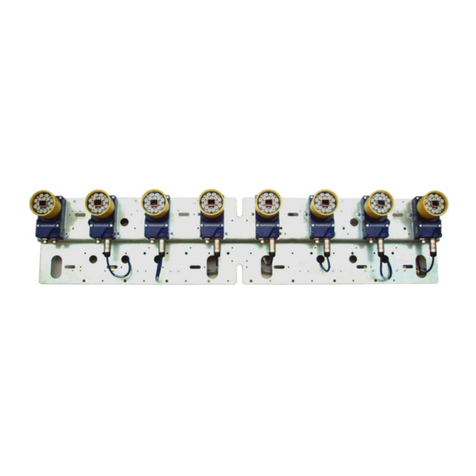
Datalogic
Datalogic STS400 installation manual
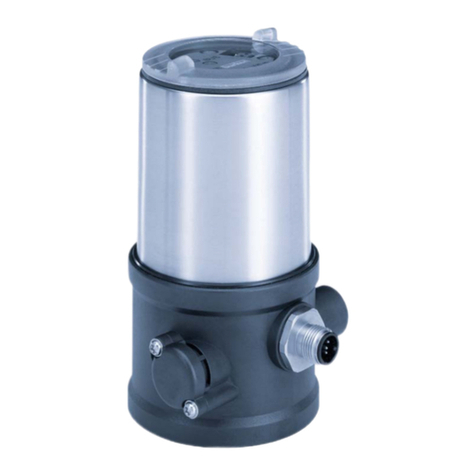
Burkert
Burkert 8695 Series operating instructions
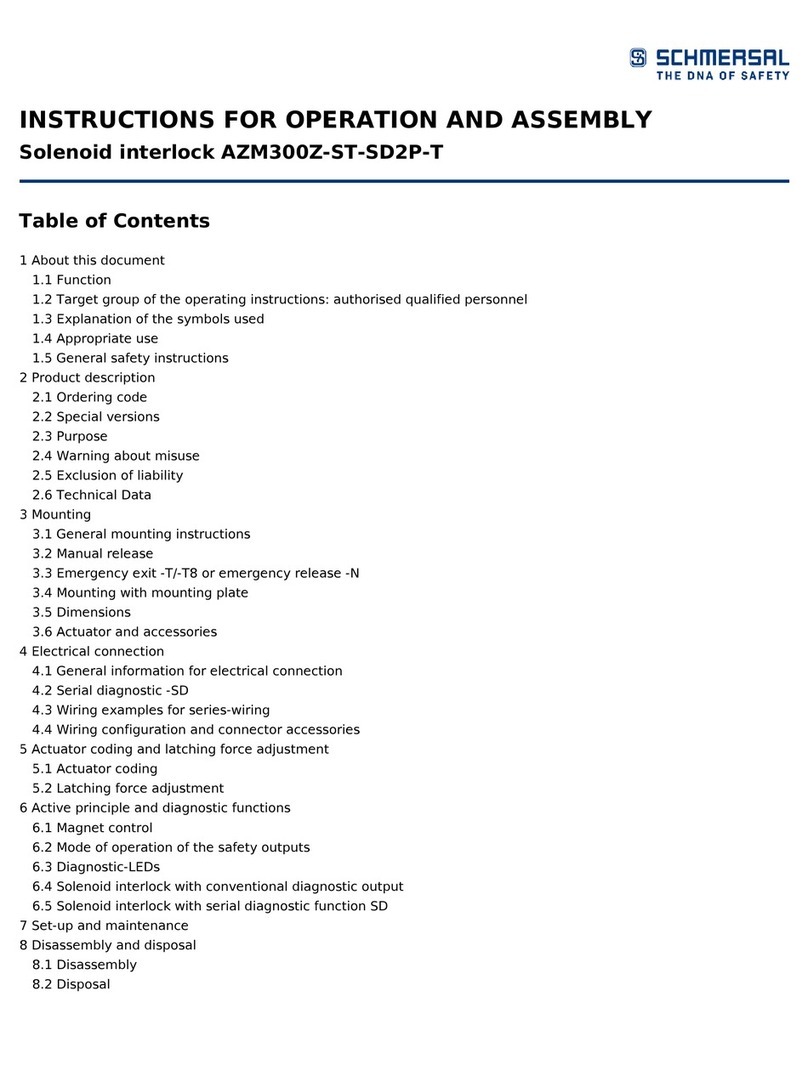
schmersal
schmersal AZM300Z-ST-SD2P-T Operation instructions
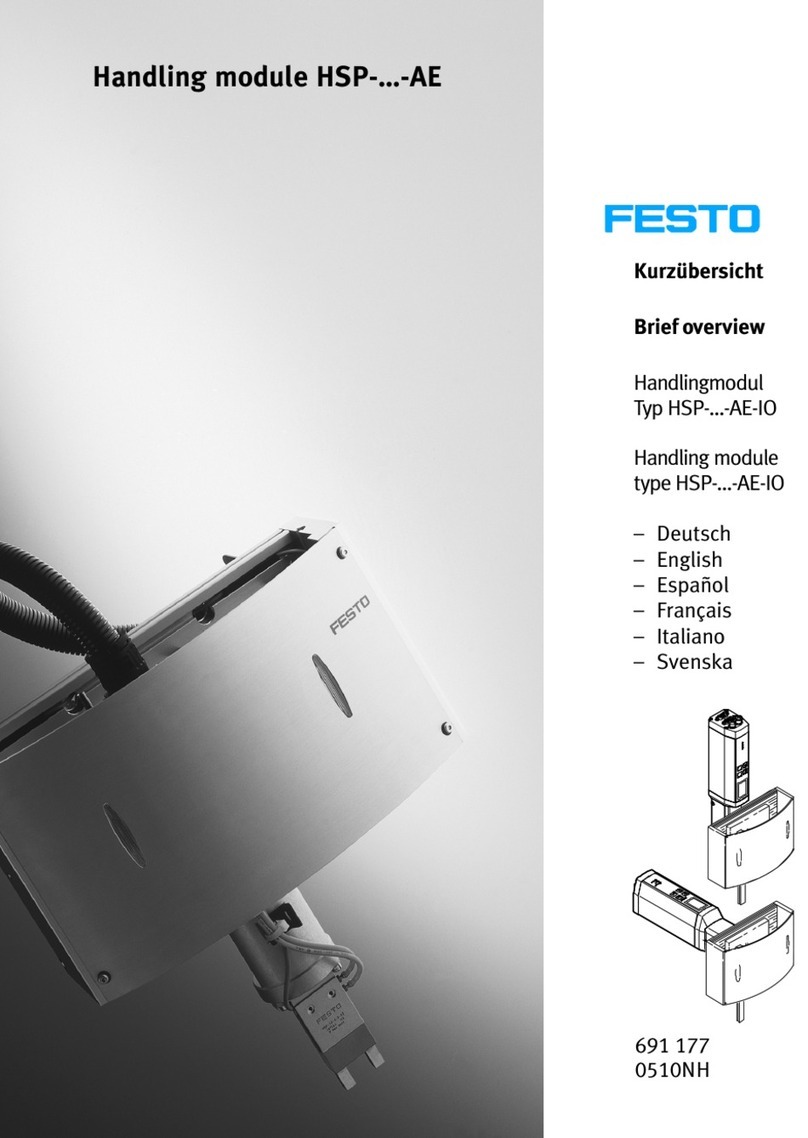
Festo
Festo HSP Series Brief overview
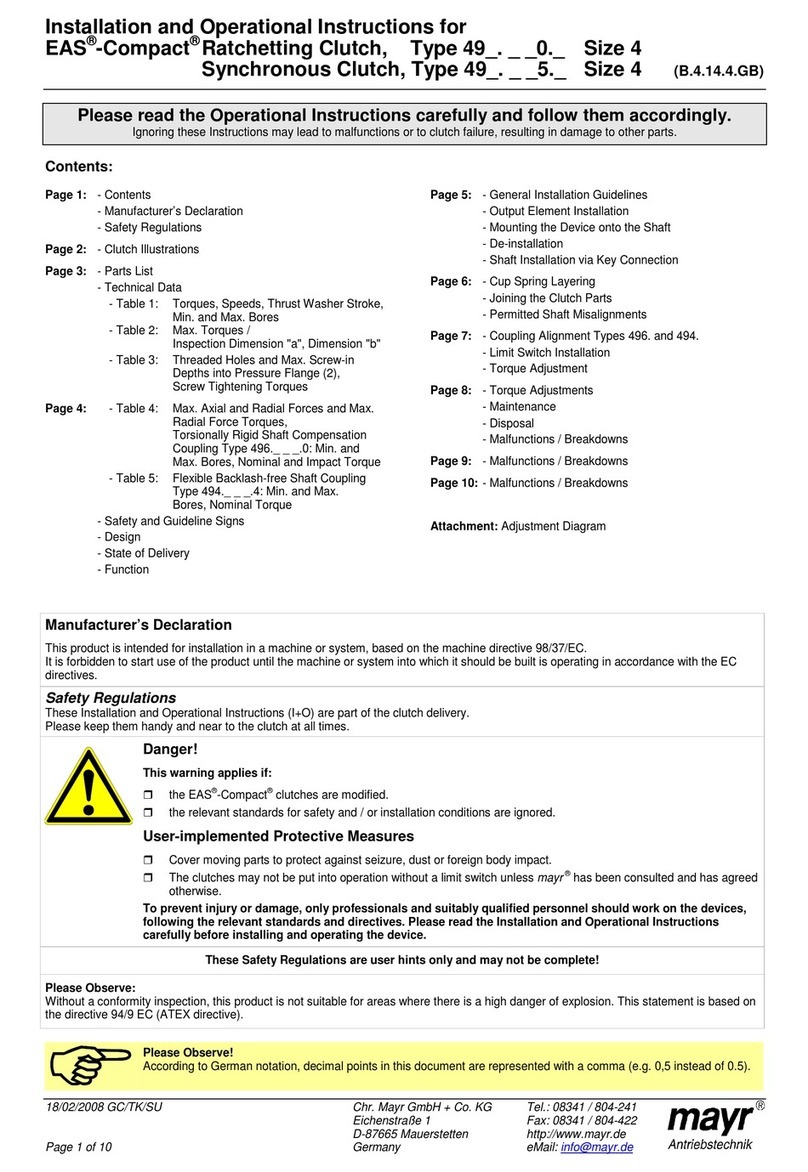
Mayr
Mayr EAS-Compact 49 Series Installation and operational instructions
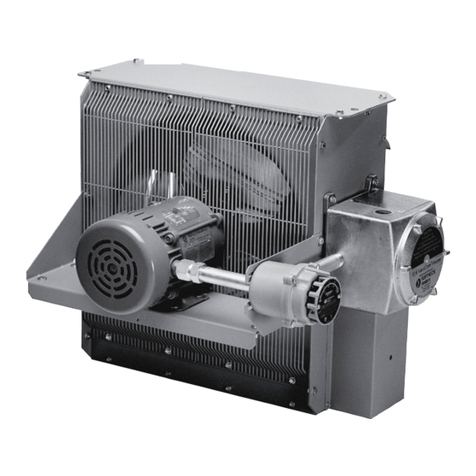
Ruffneck
Ruffneck XL4 Vacucore Series owner's manual
